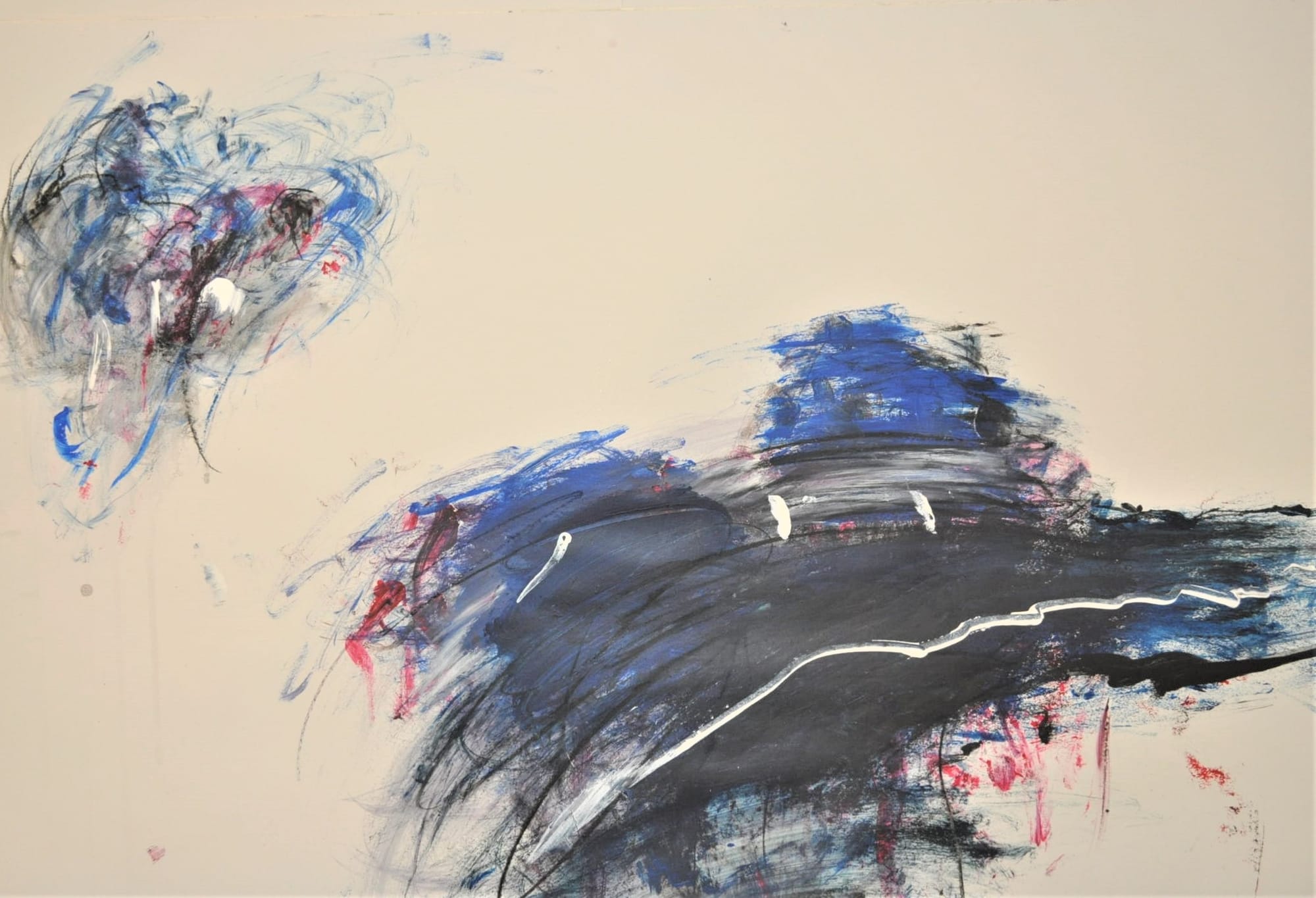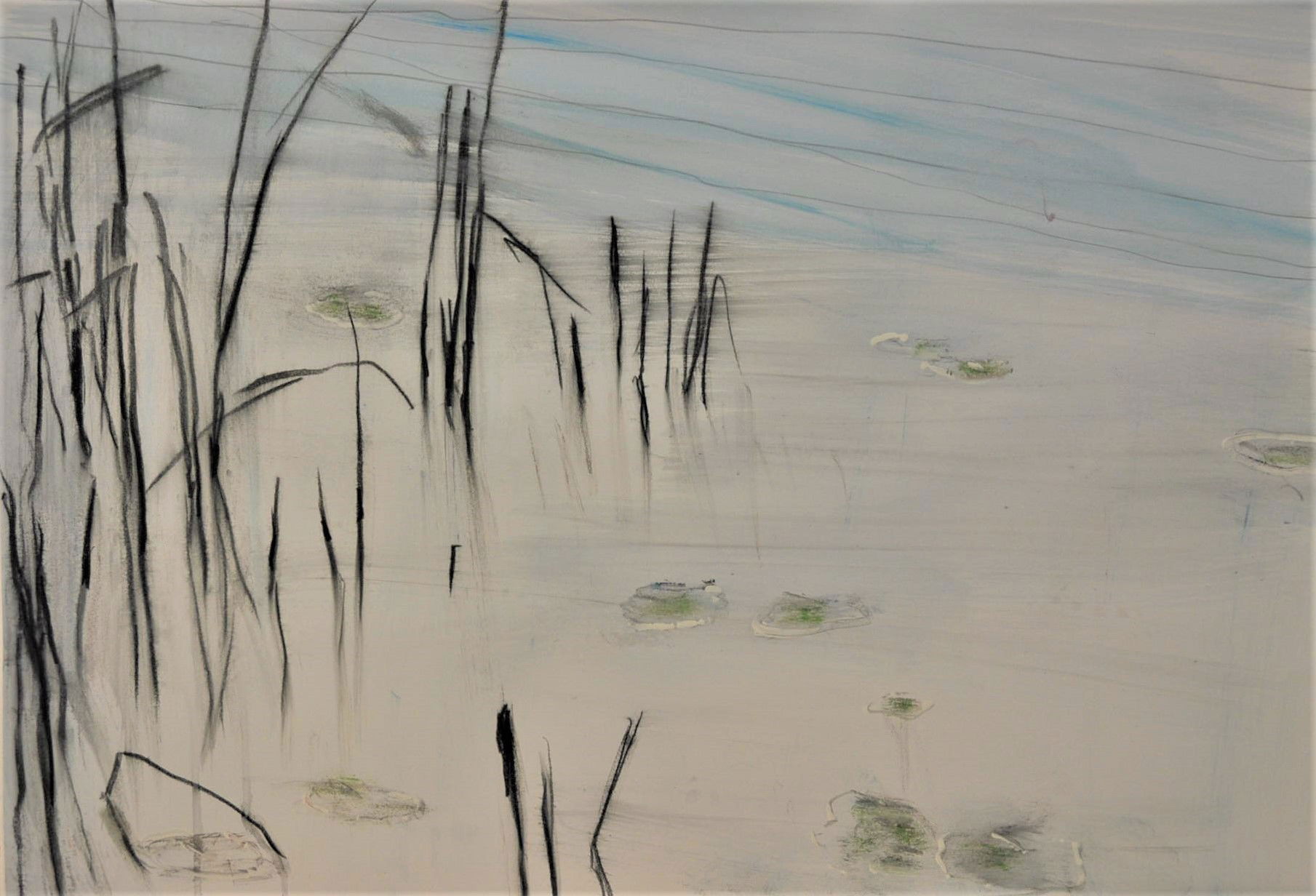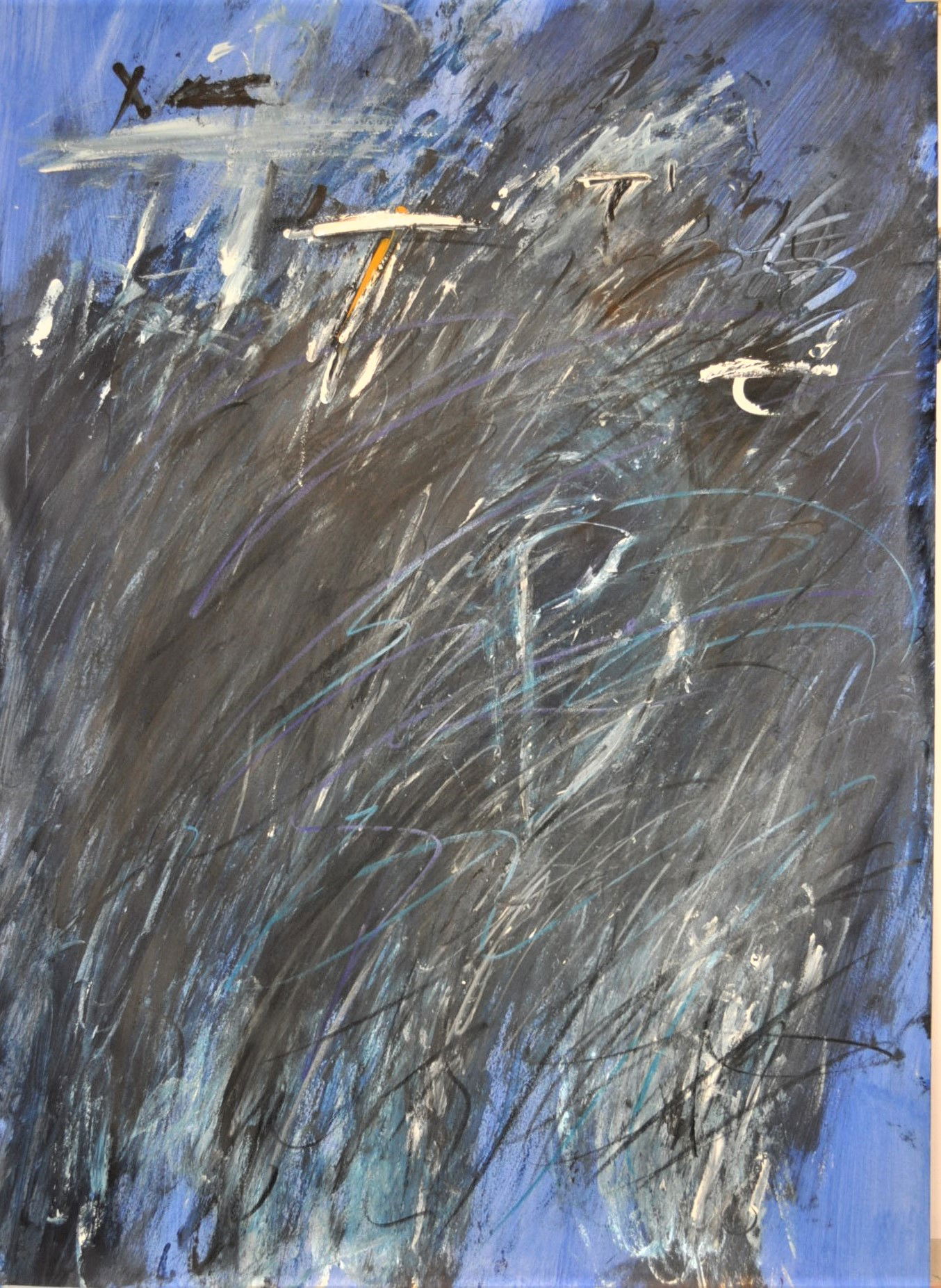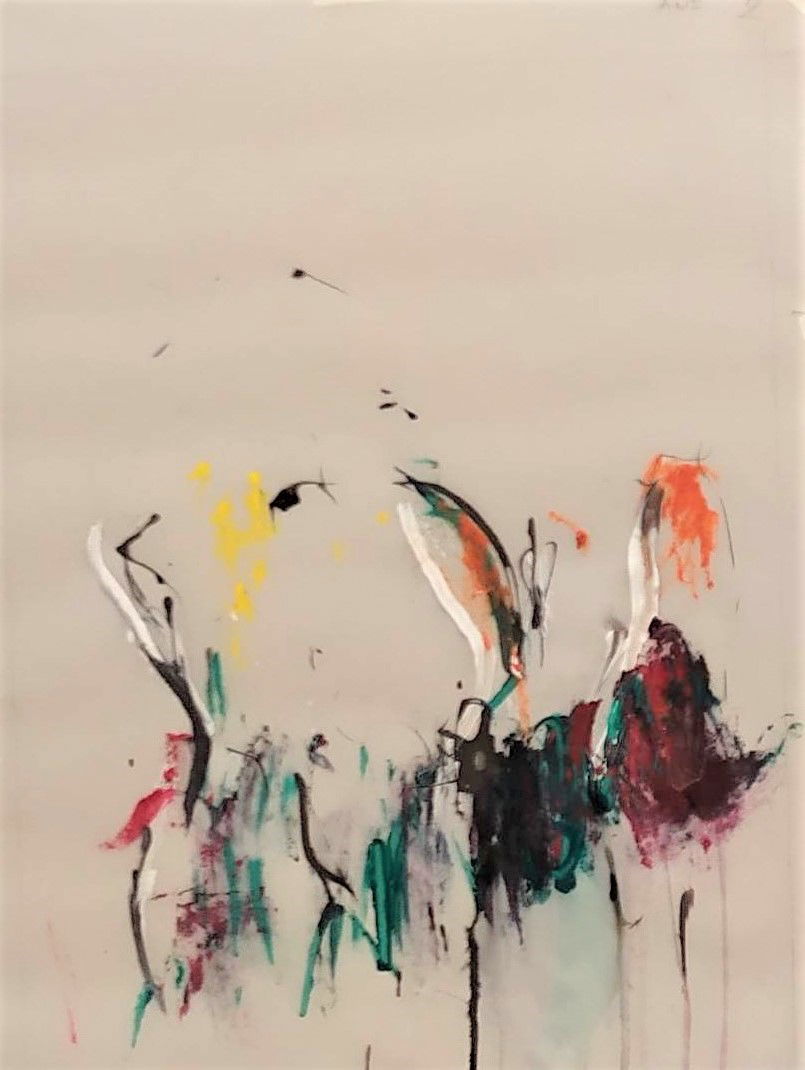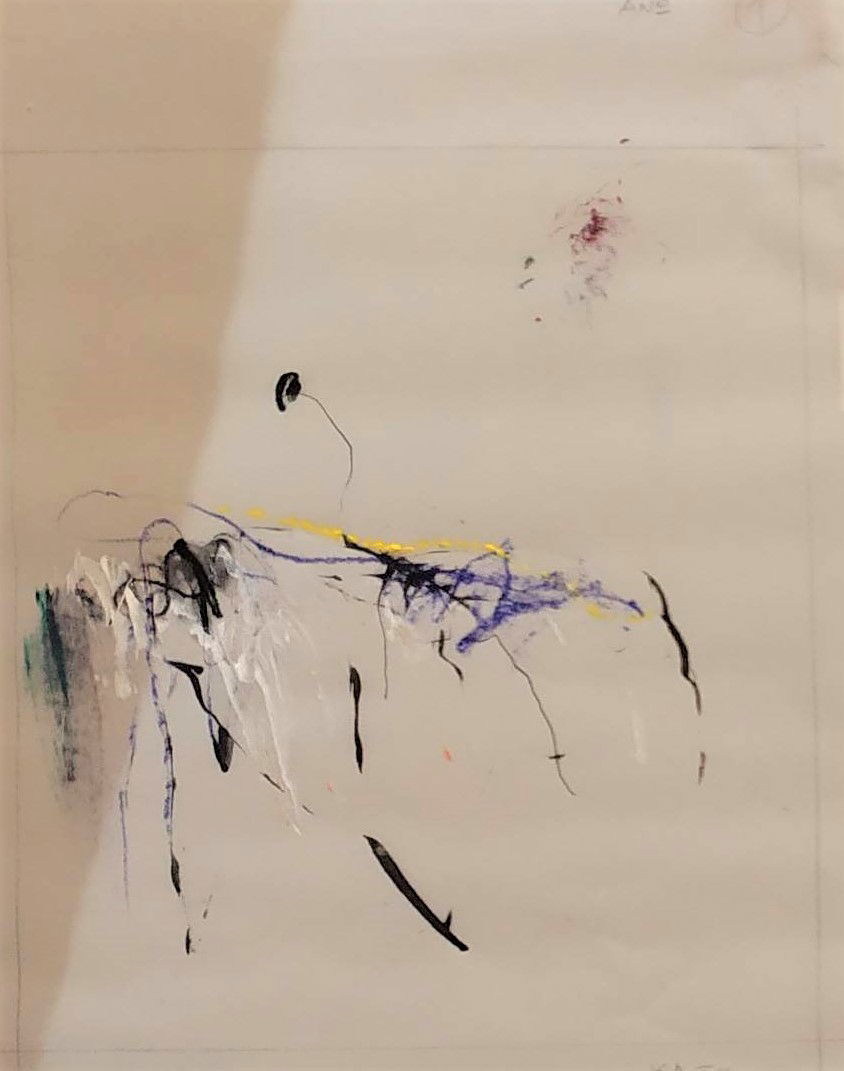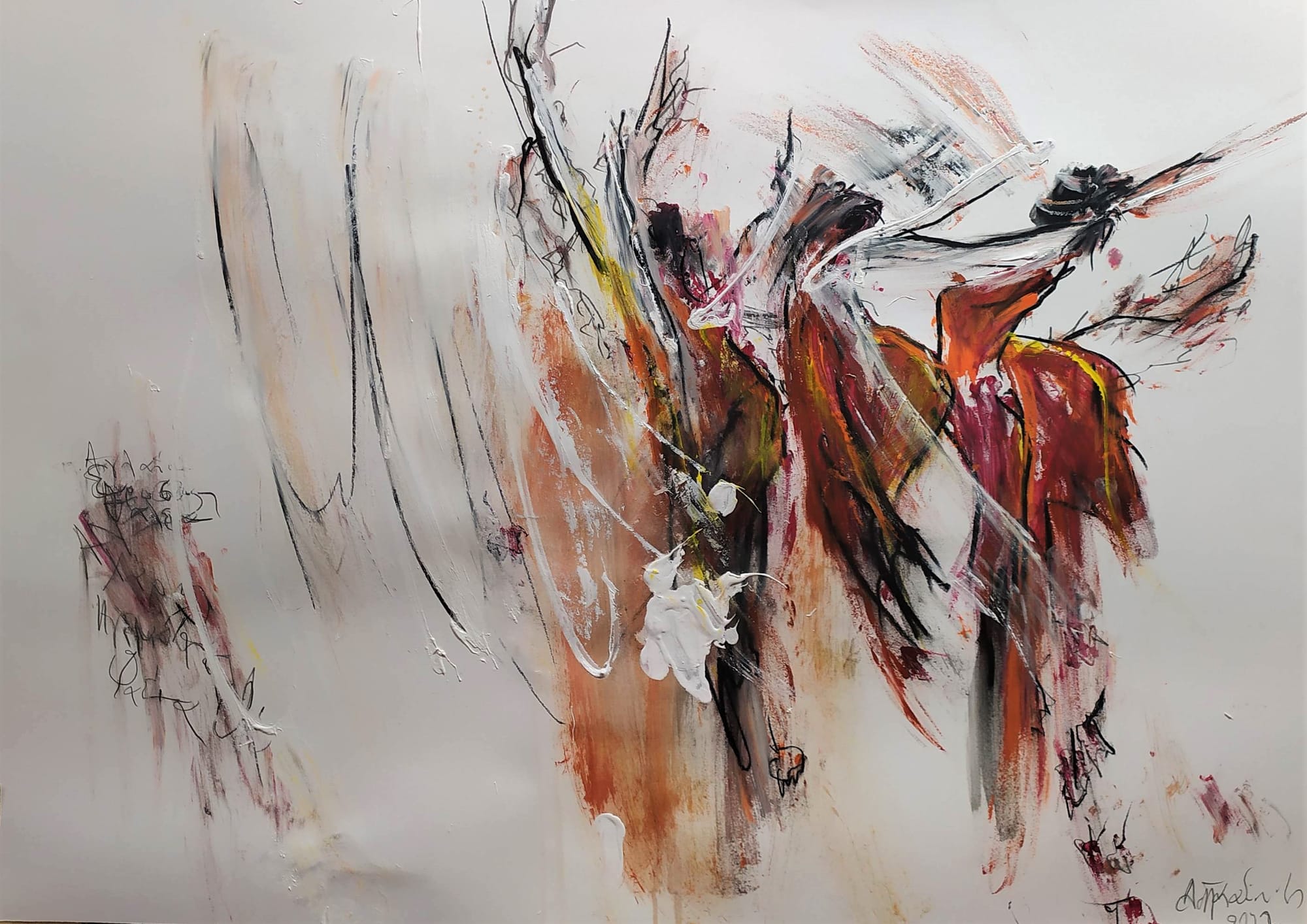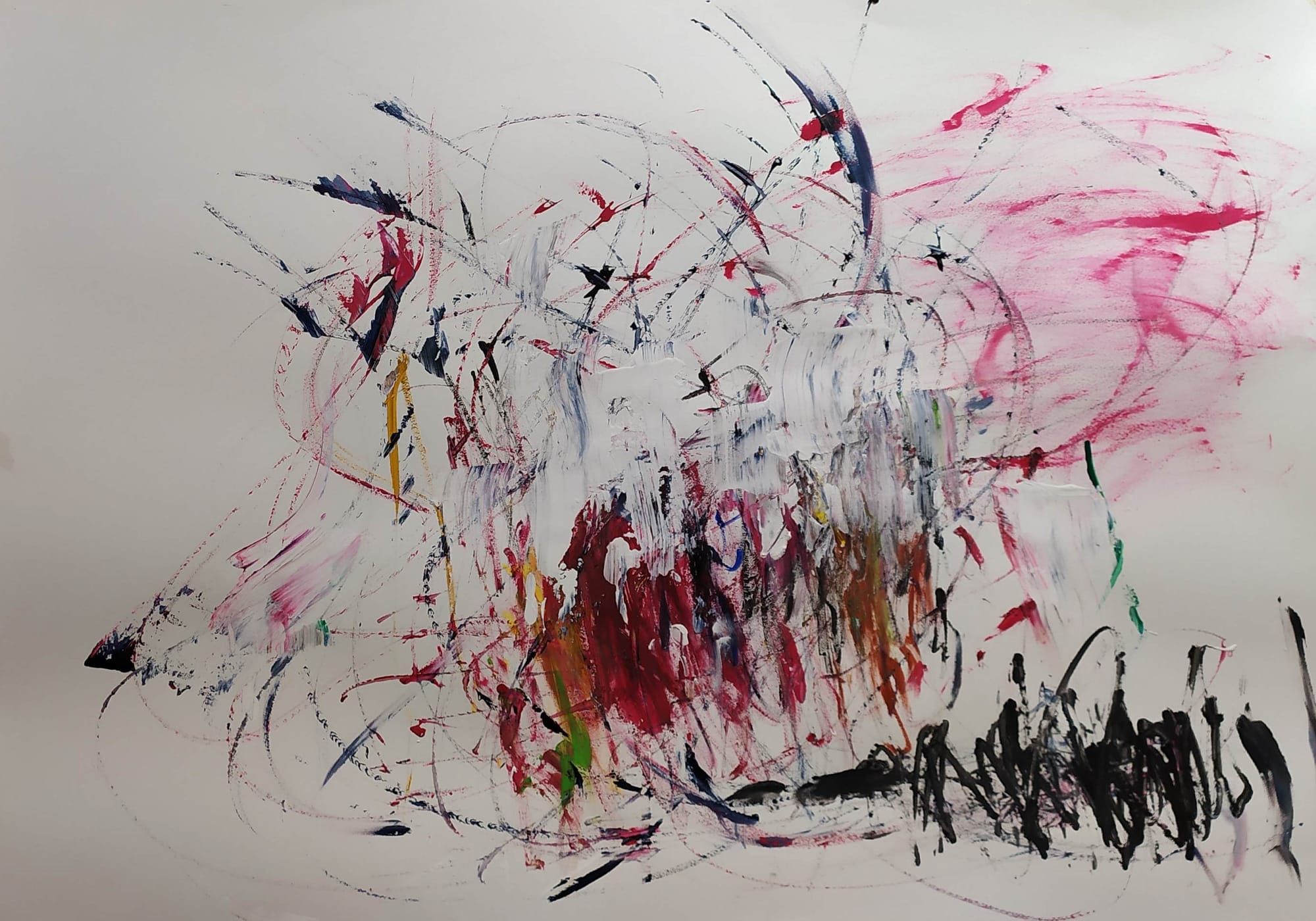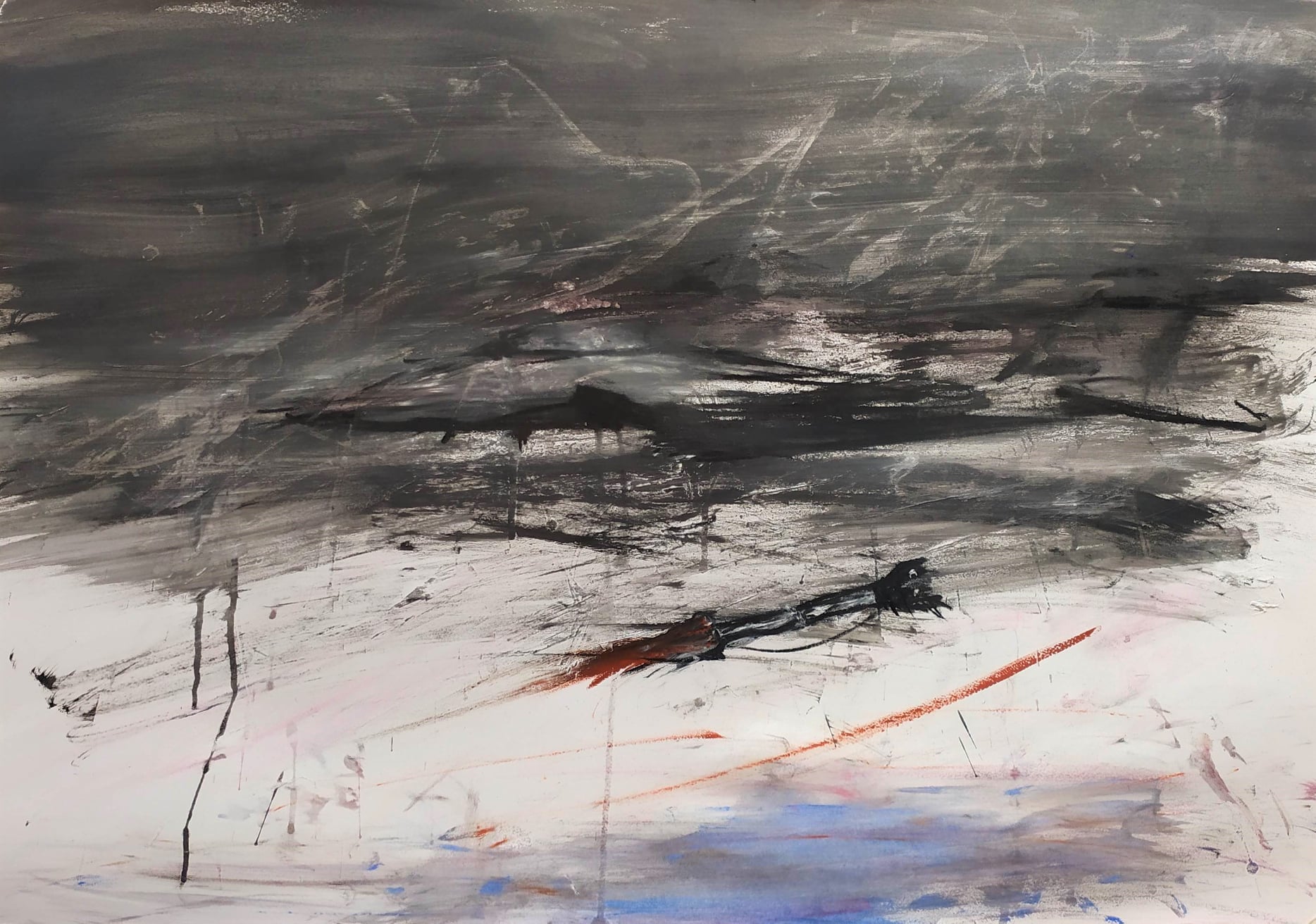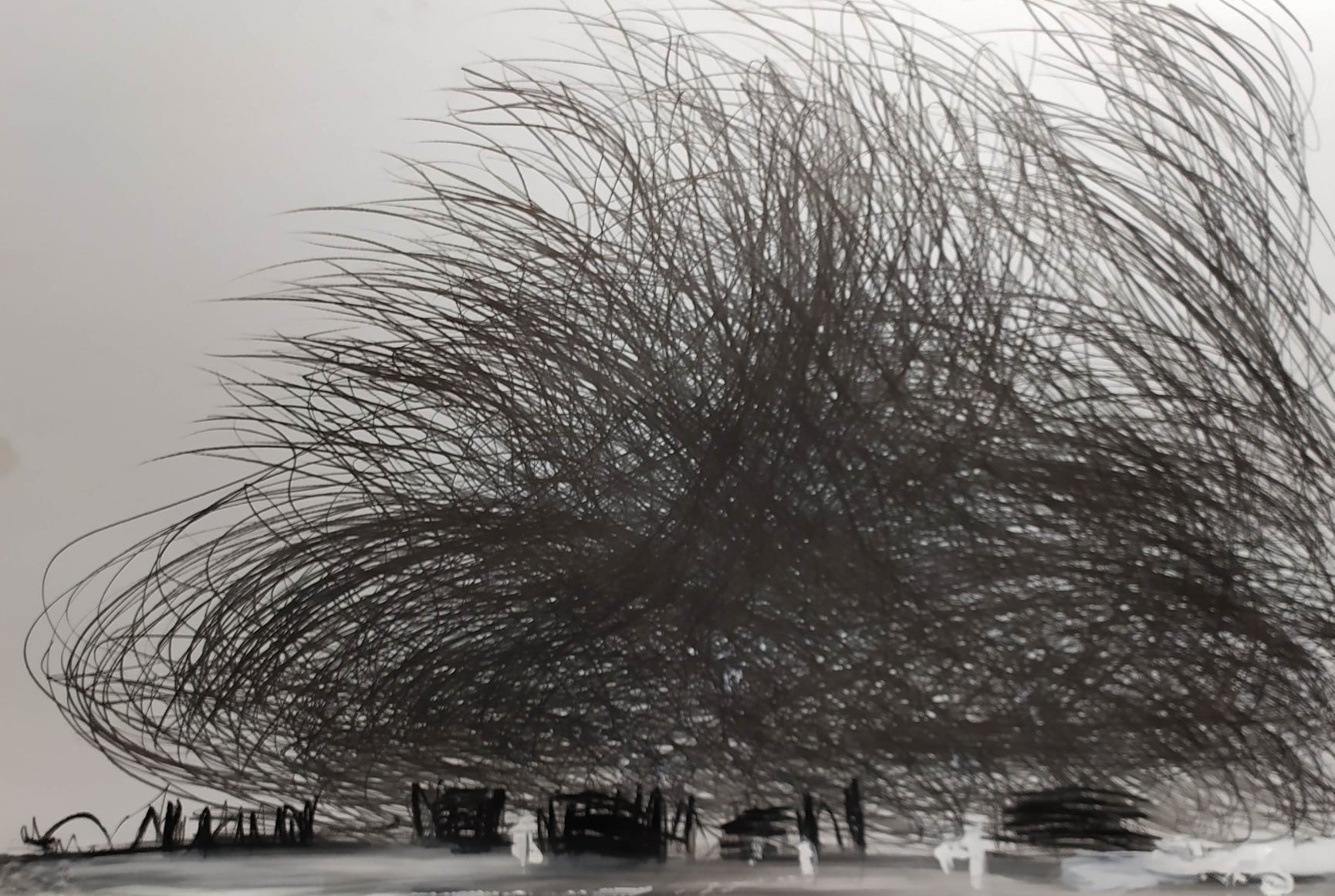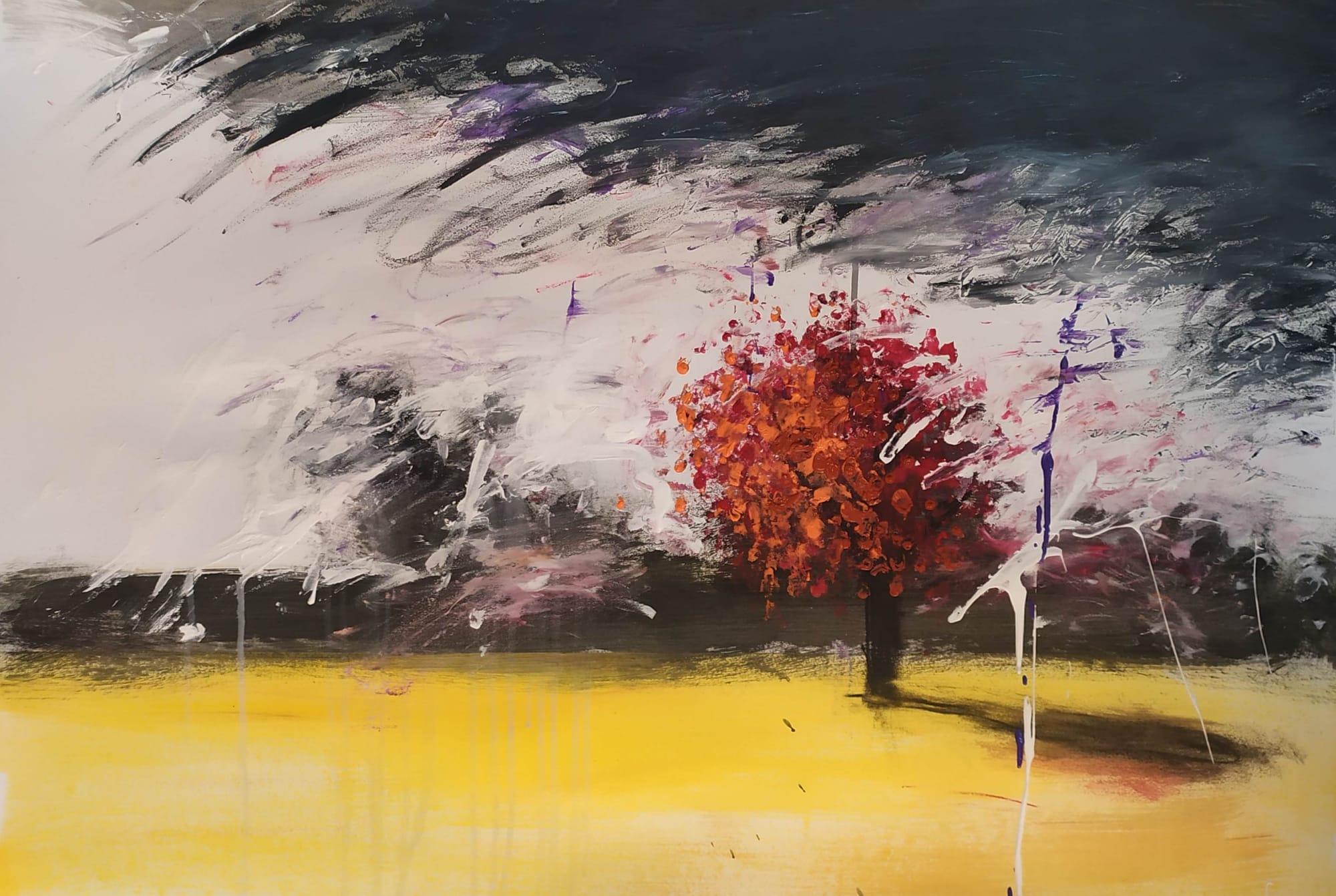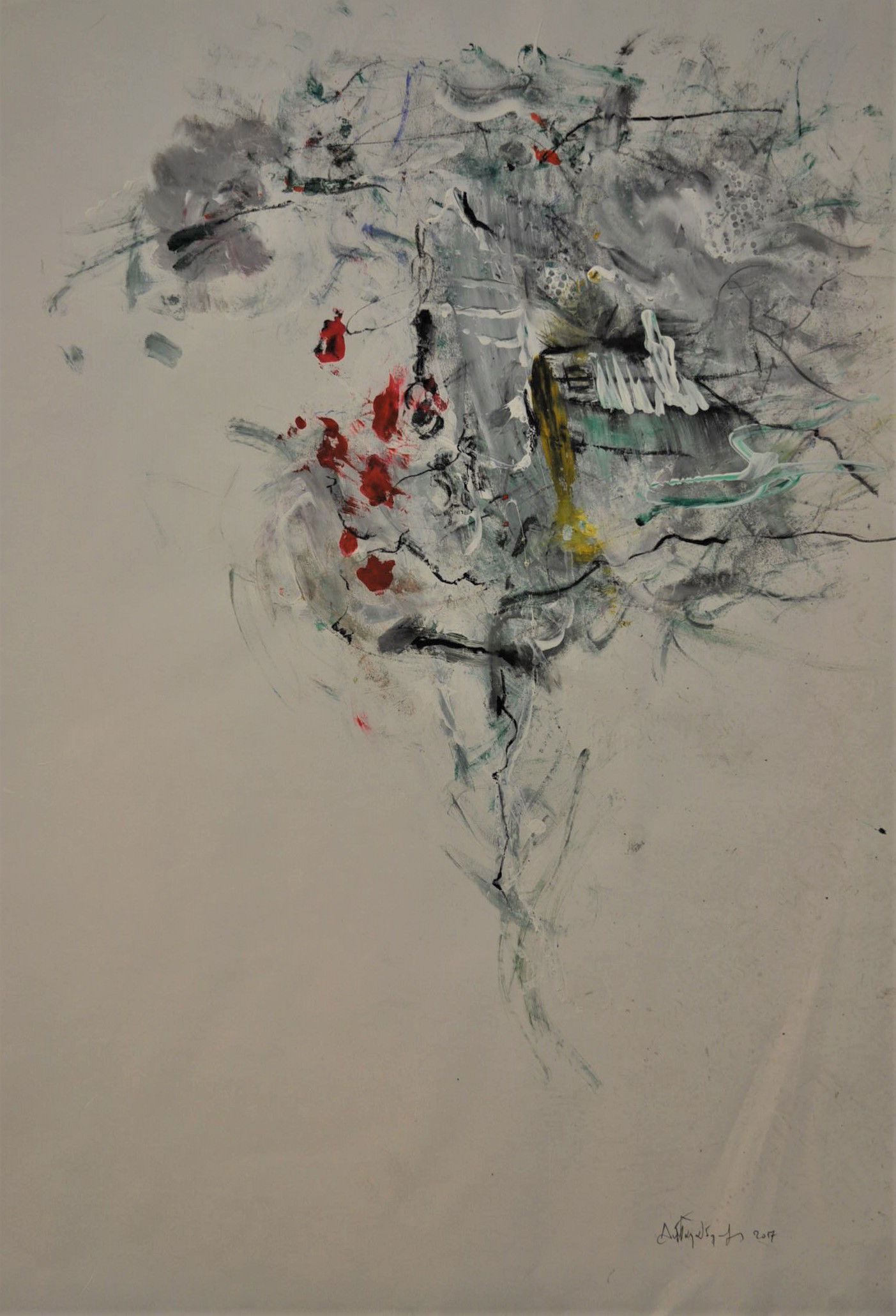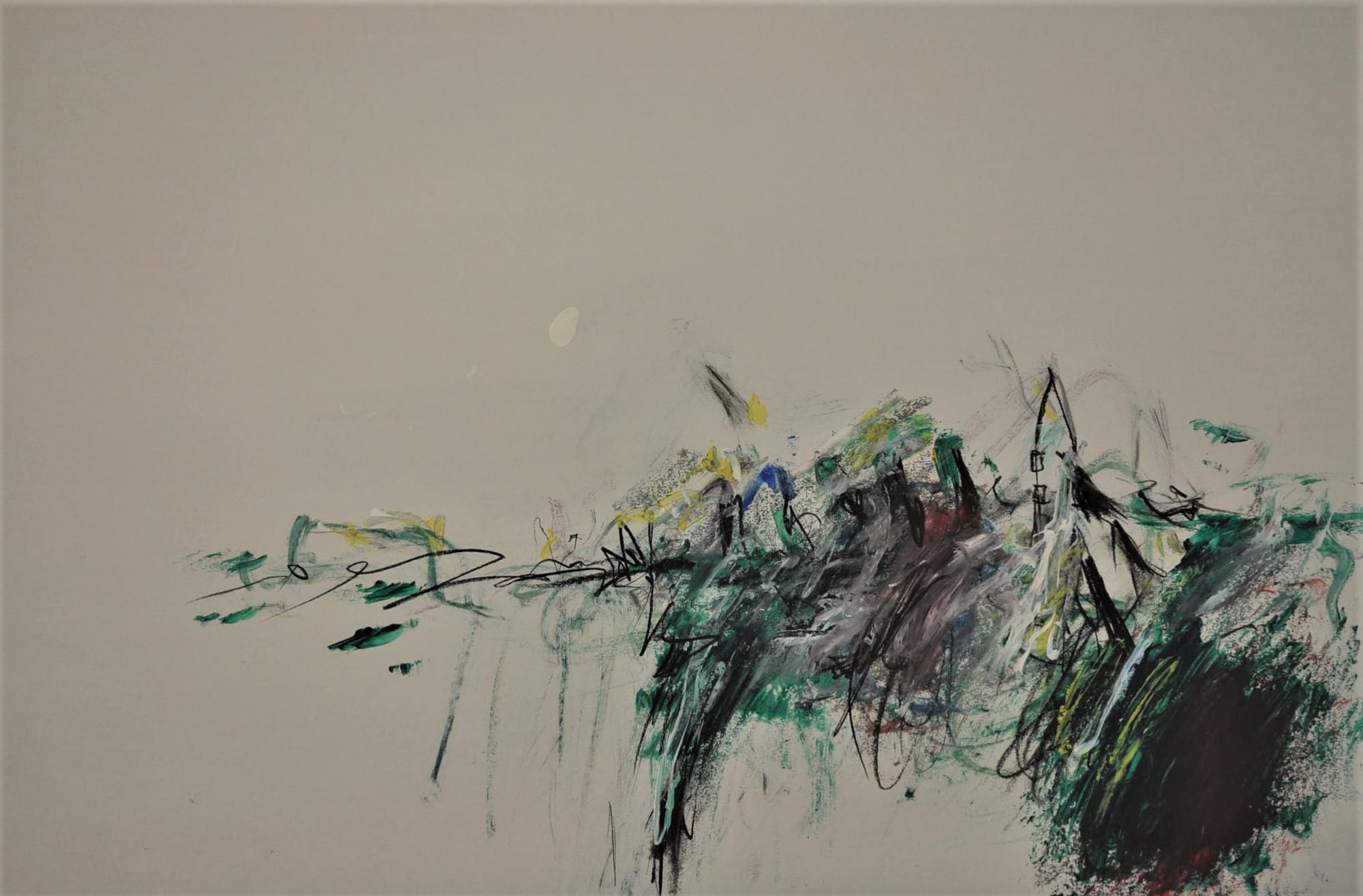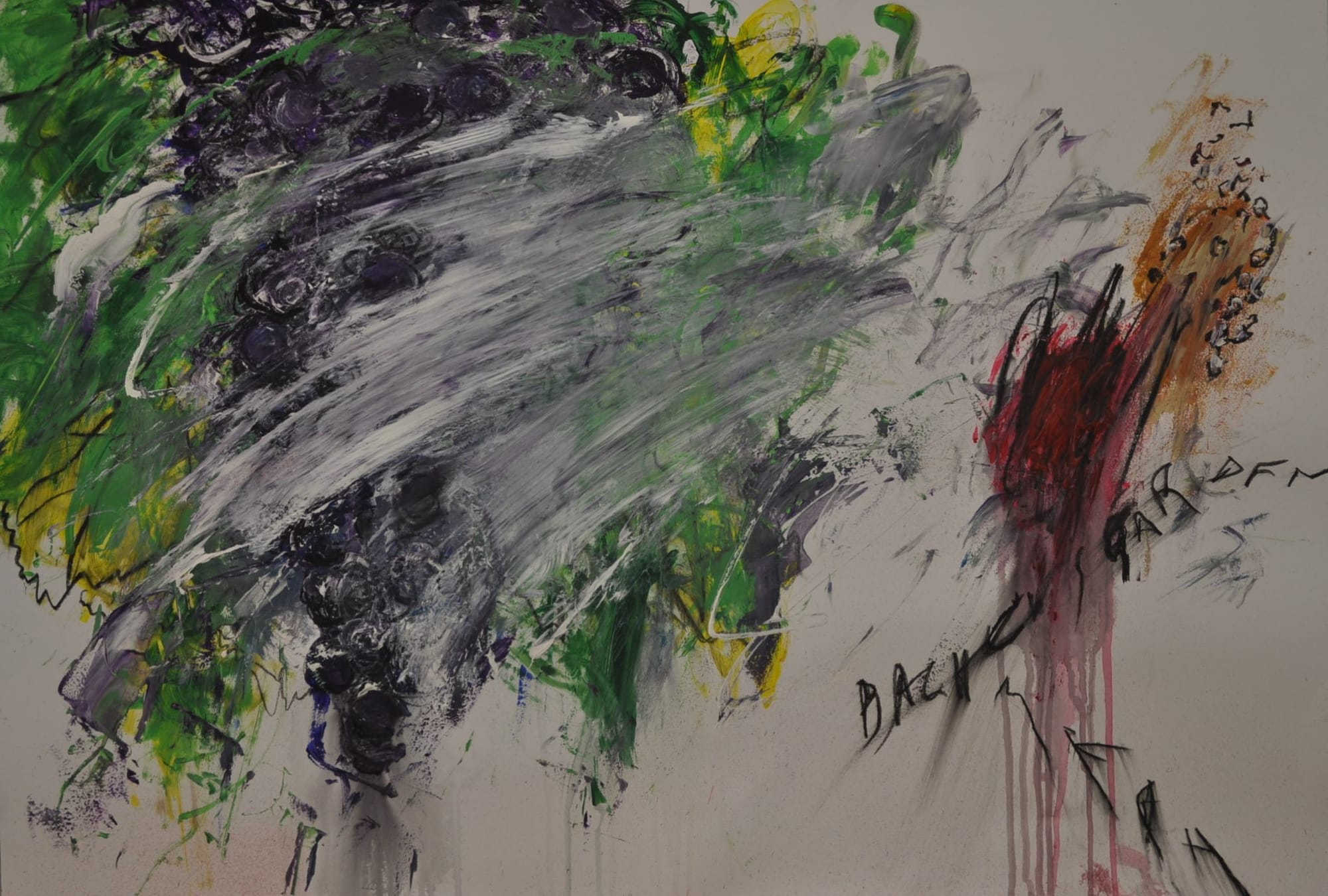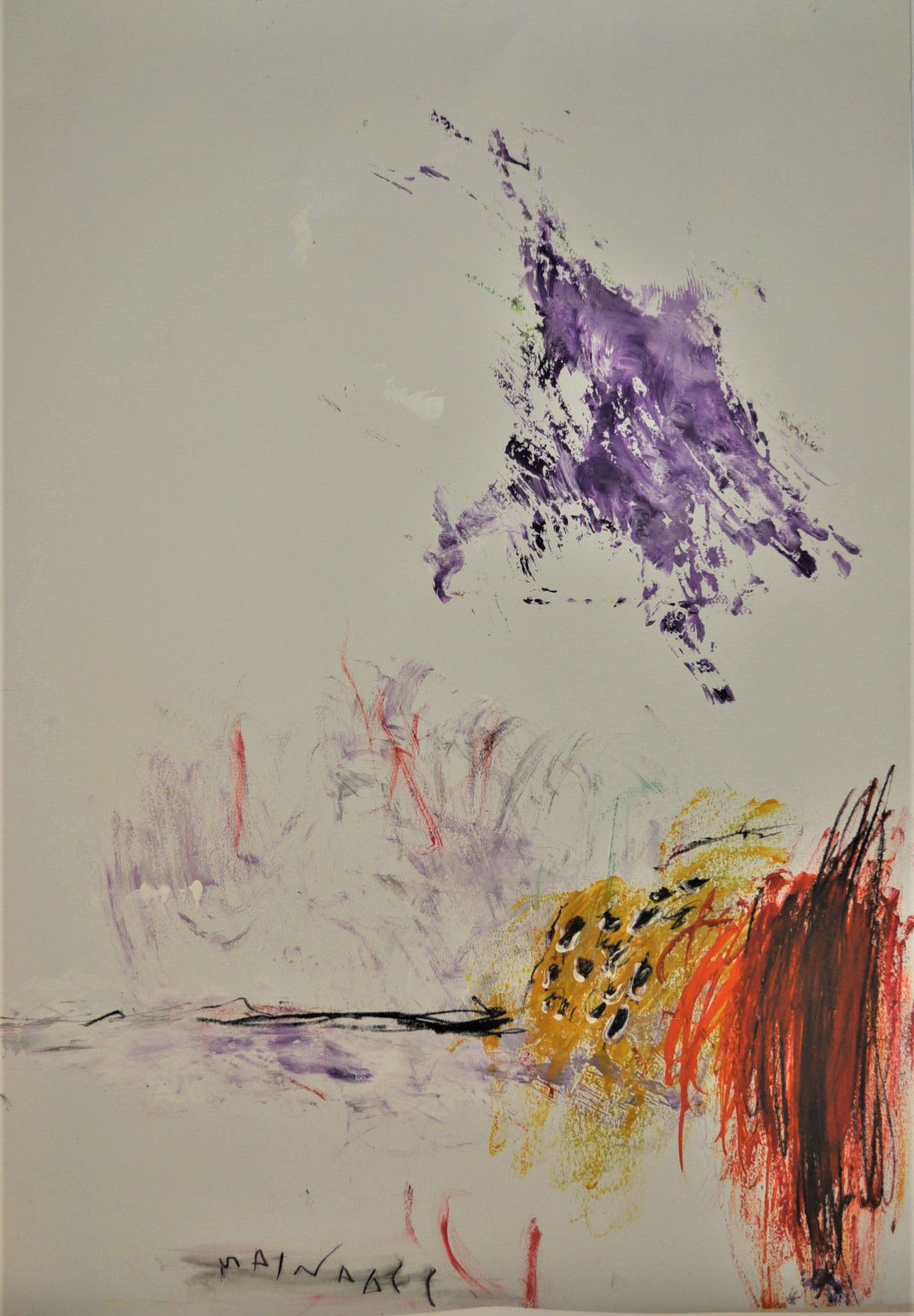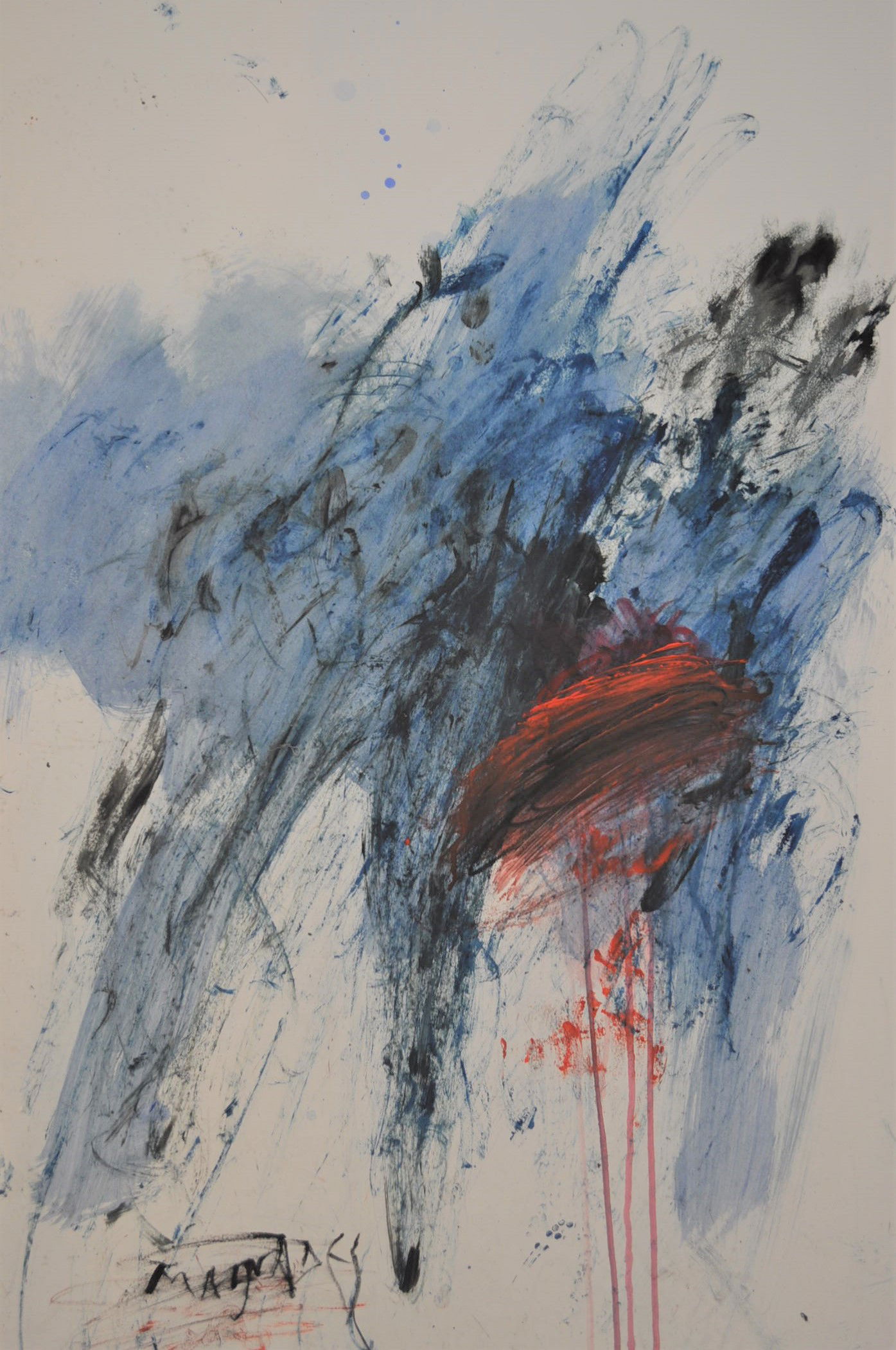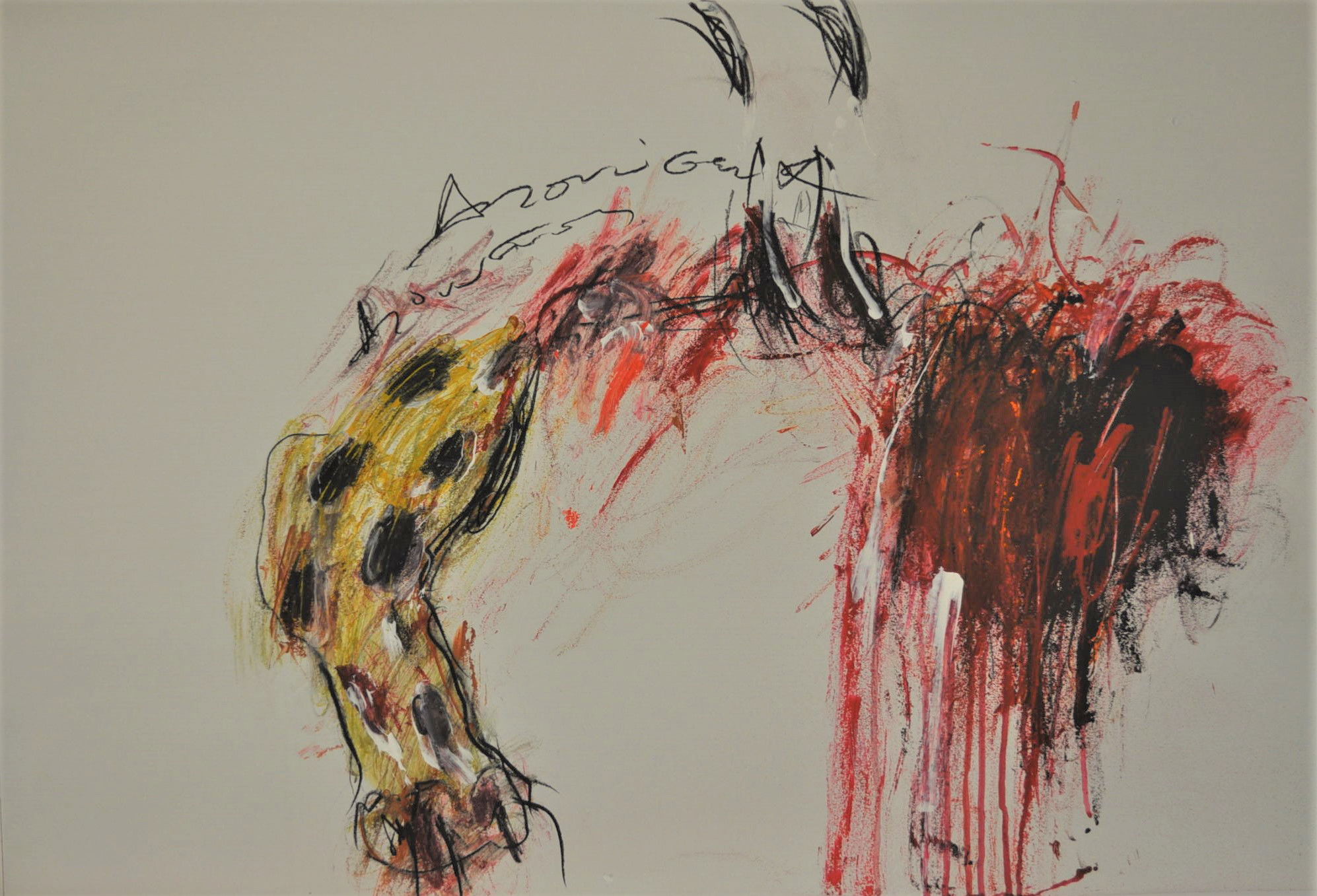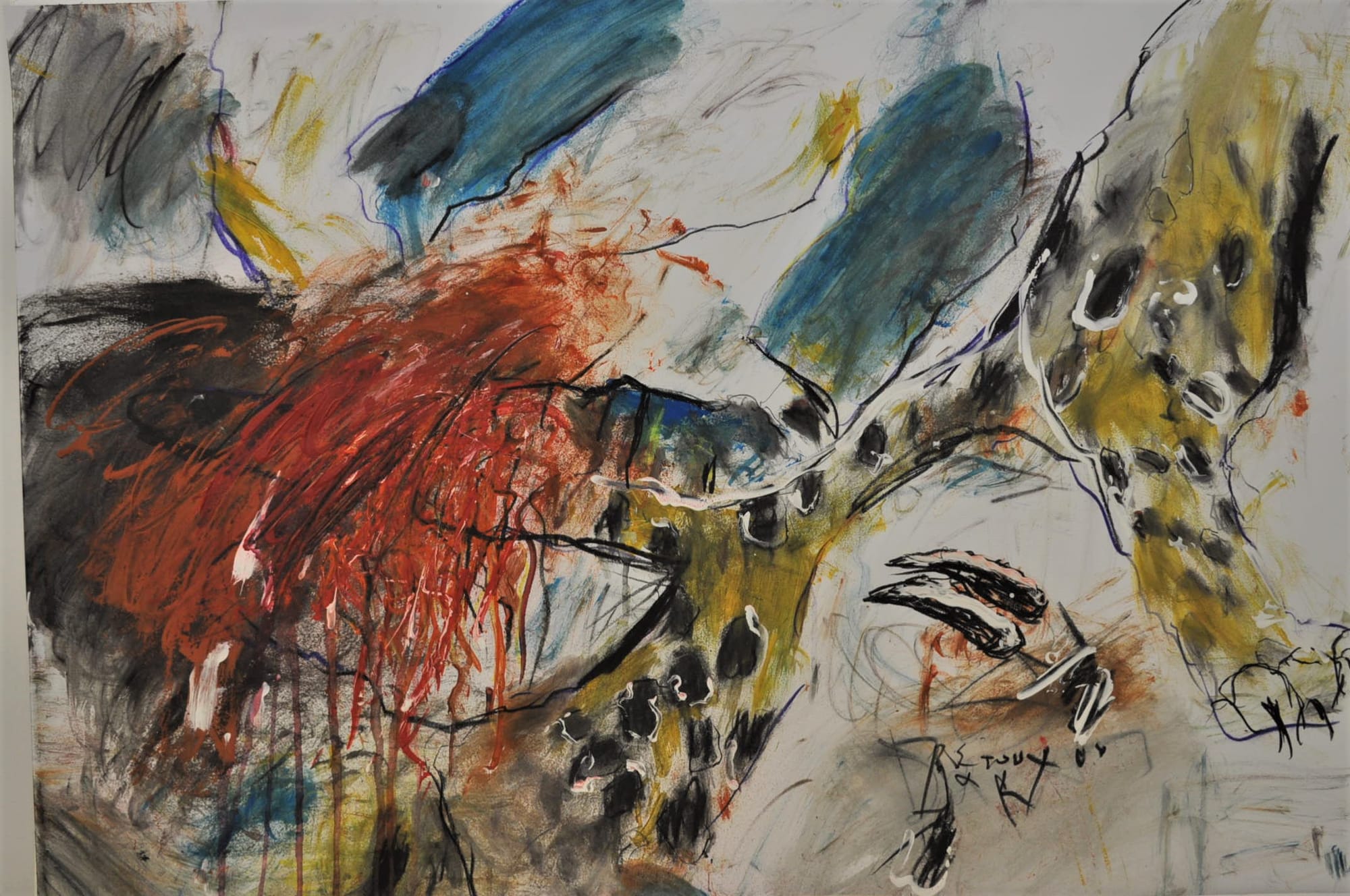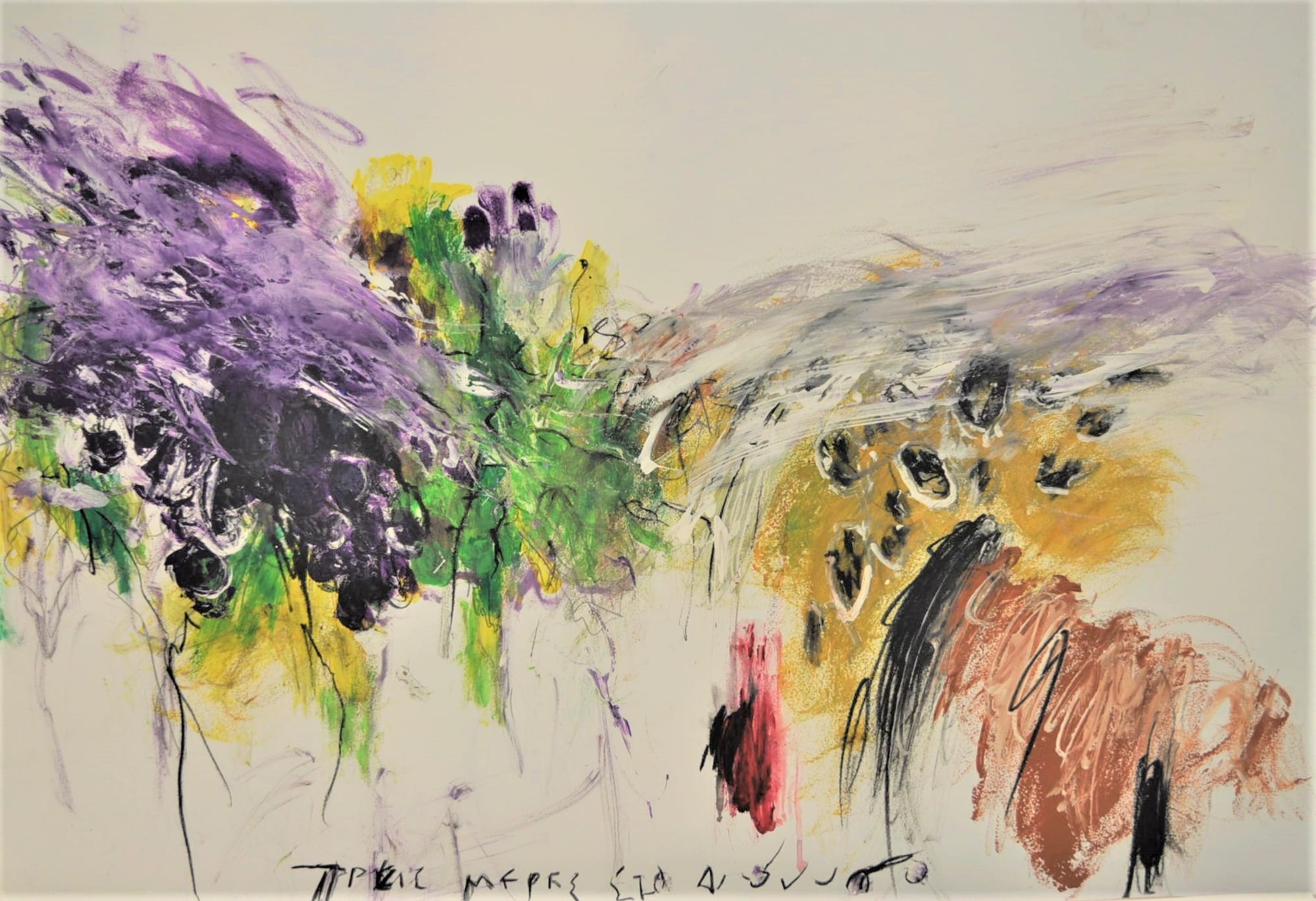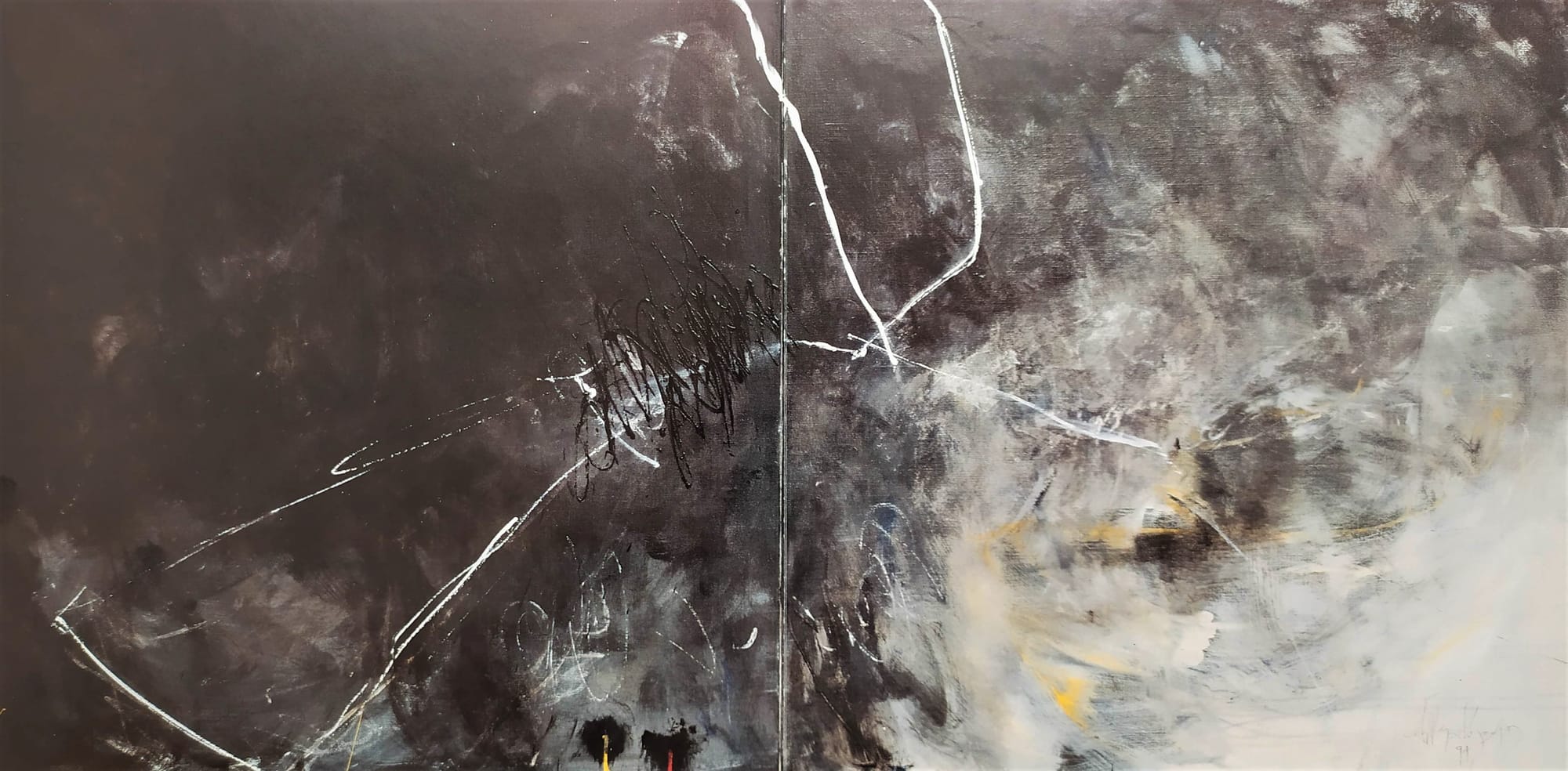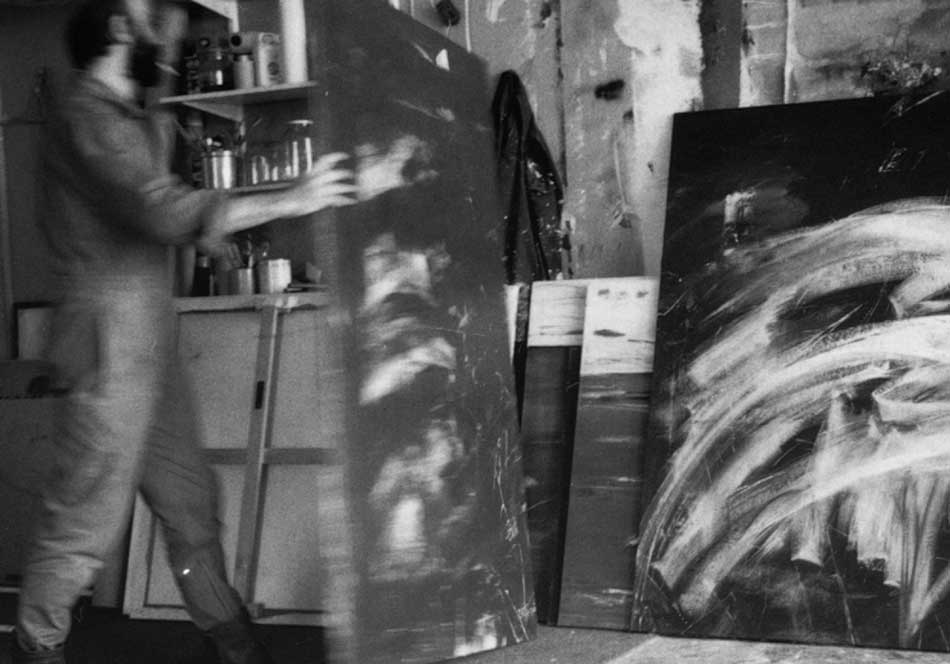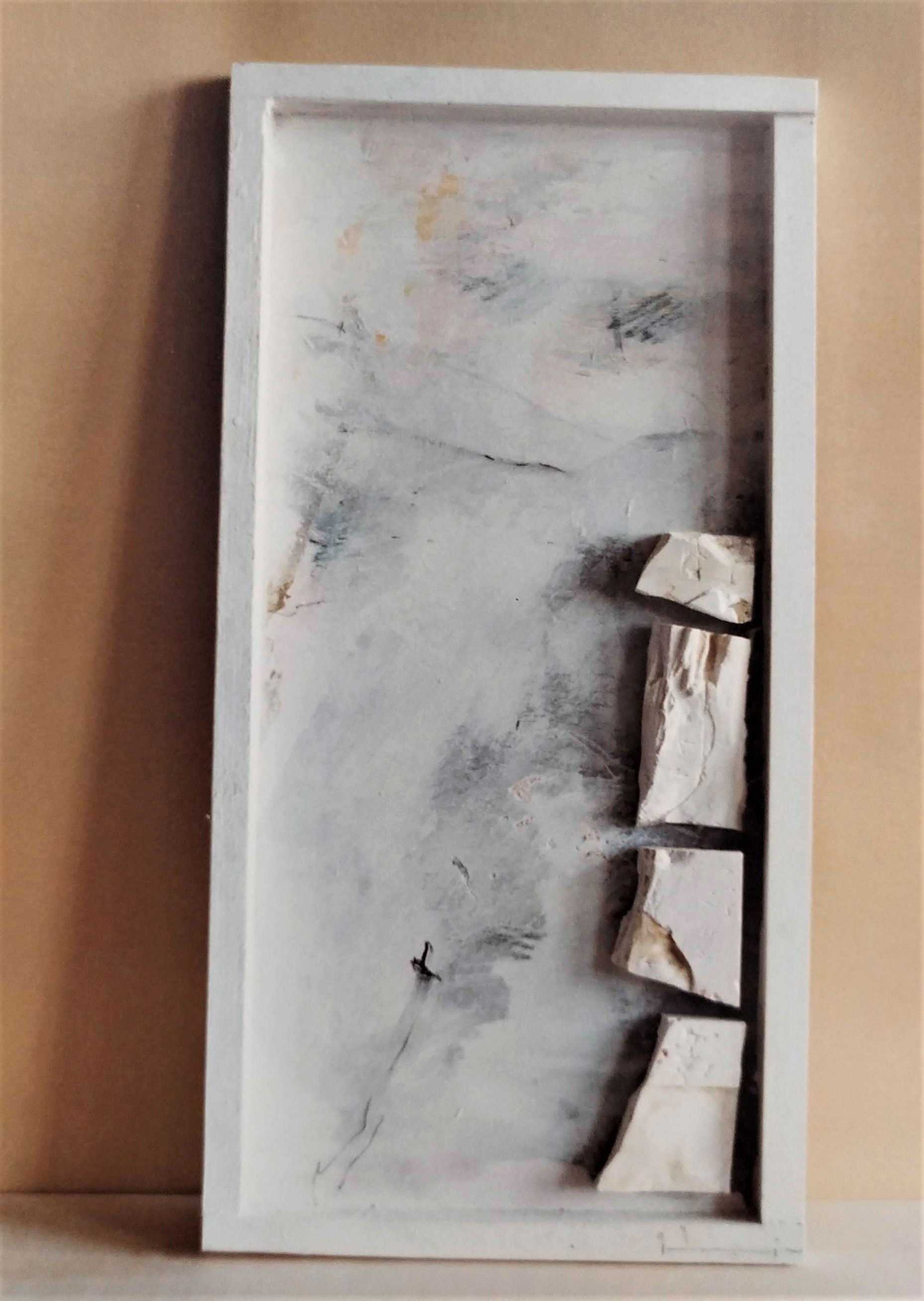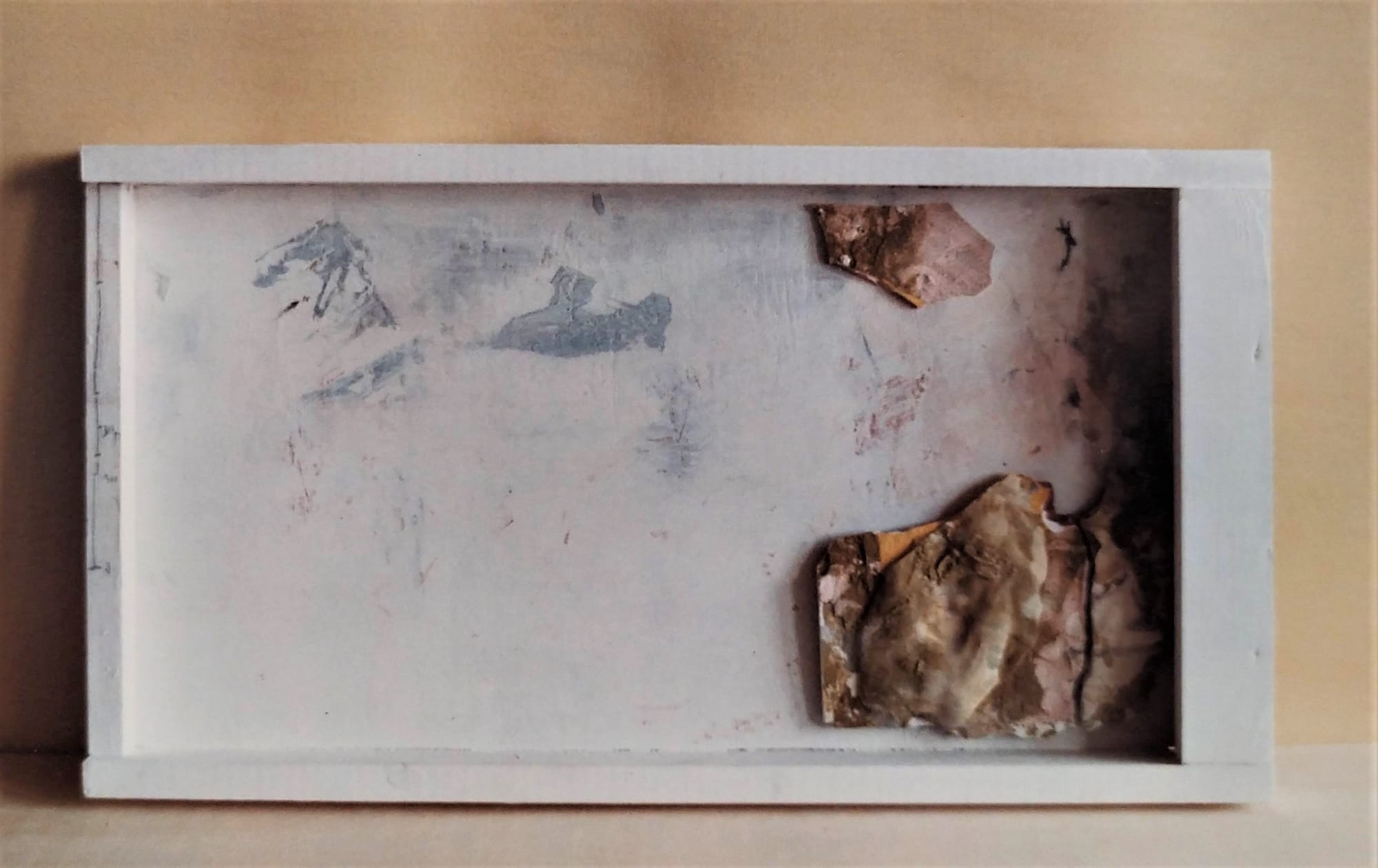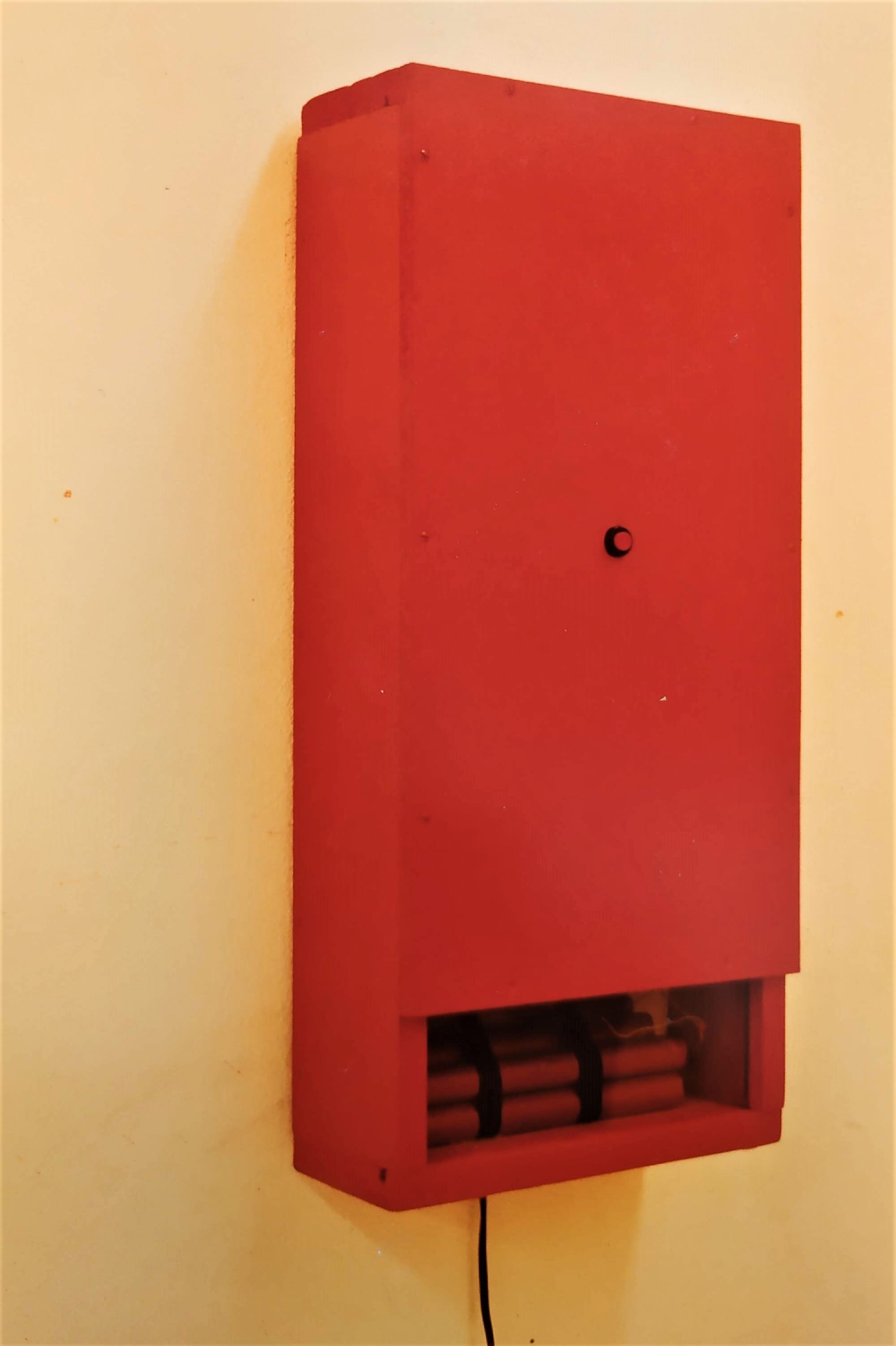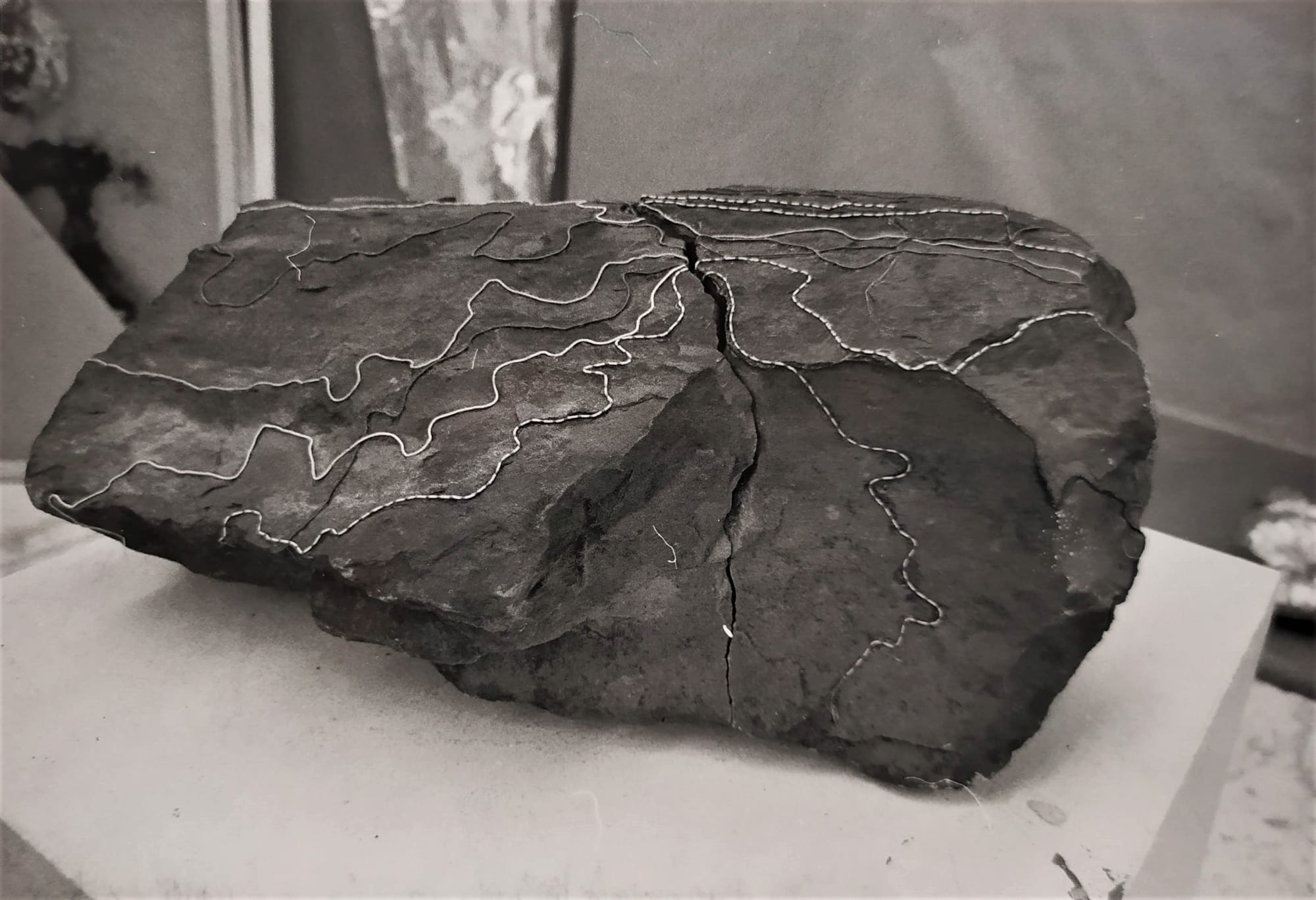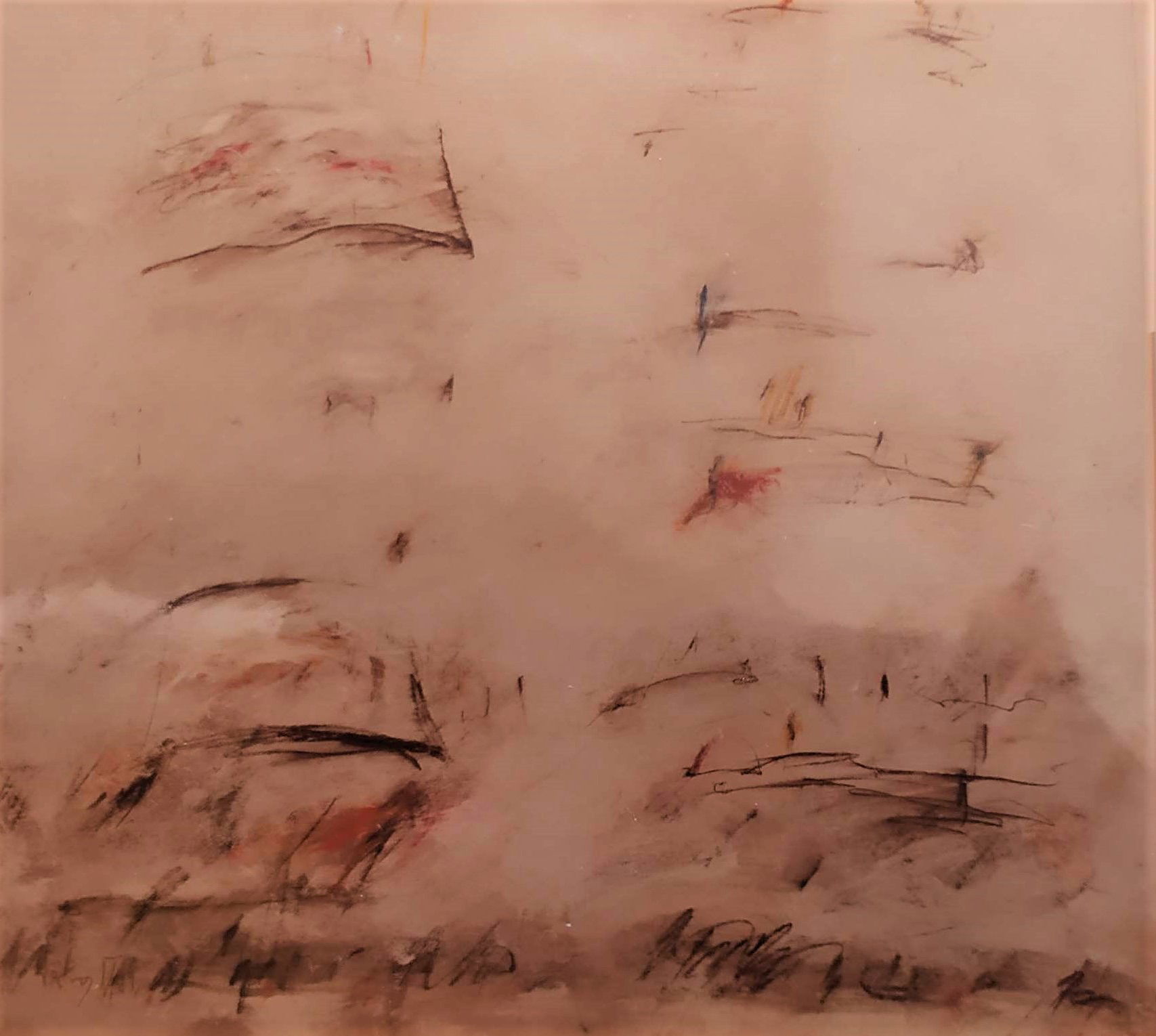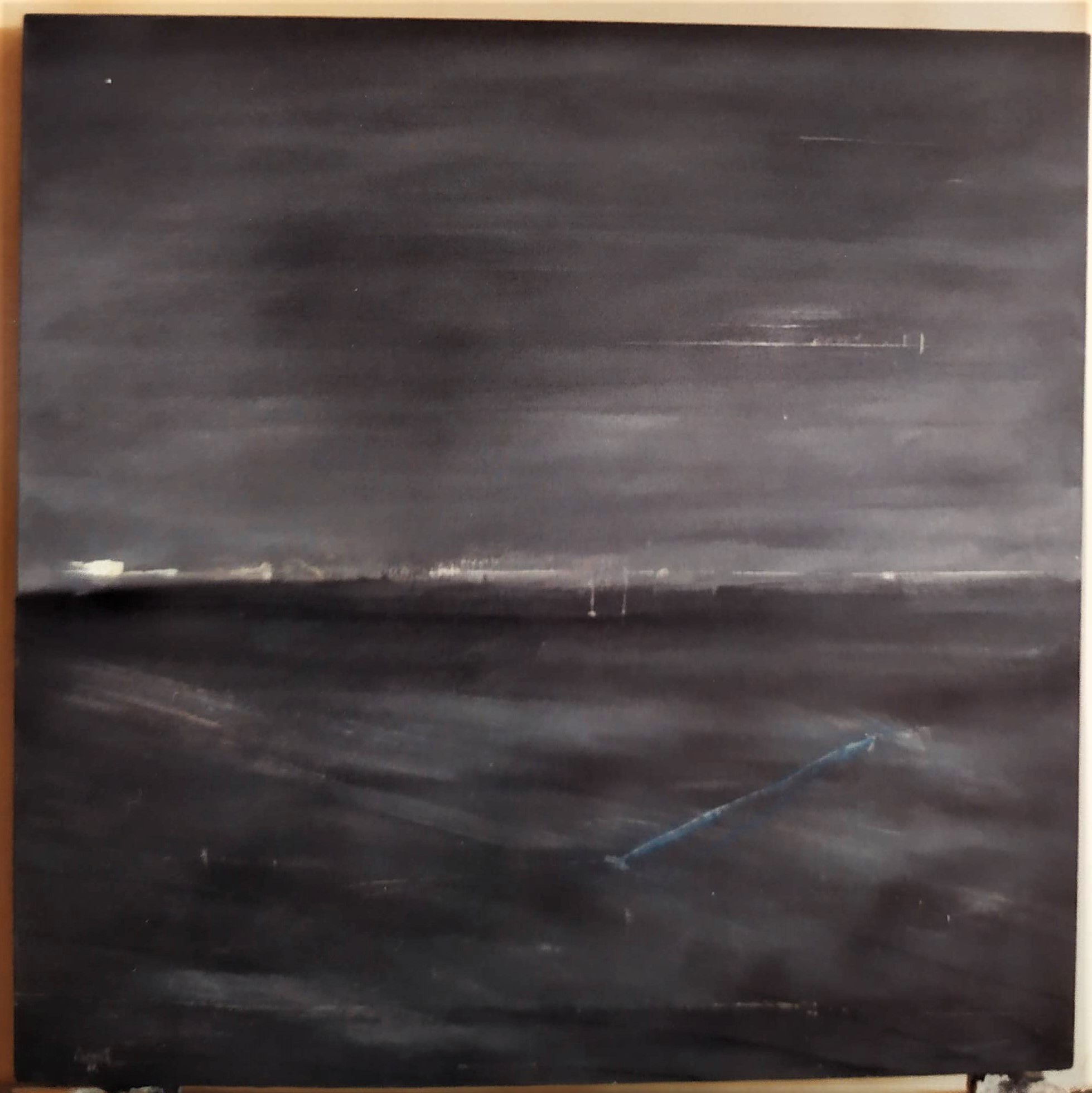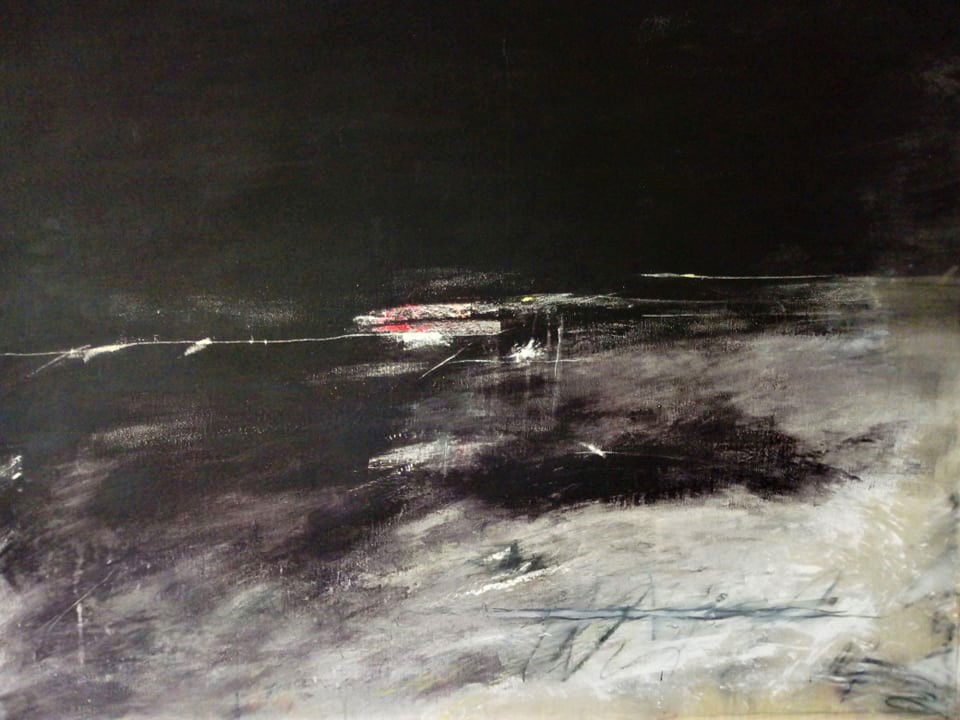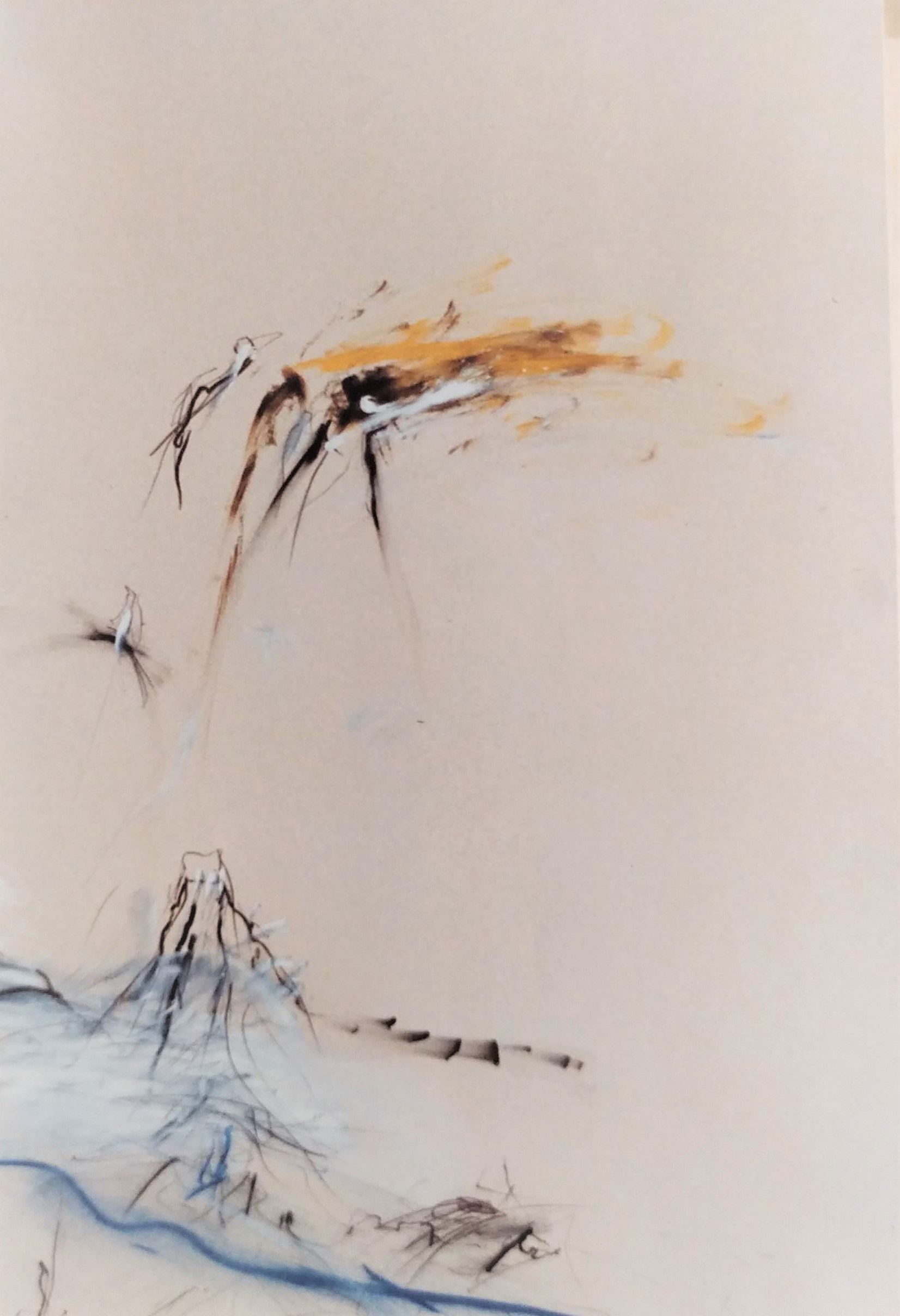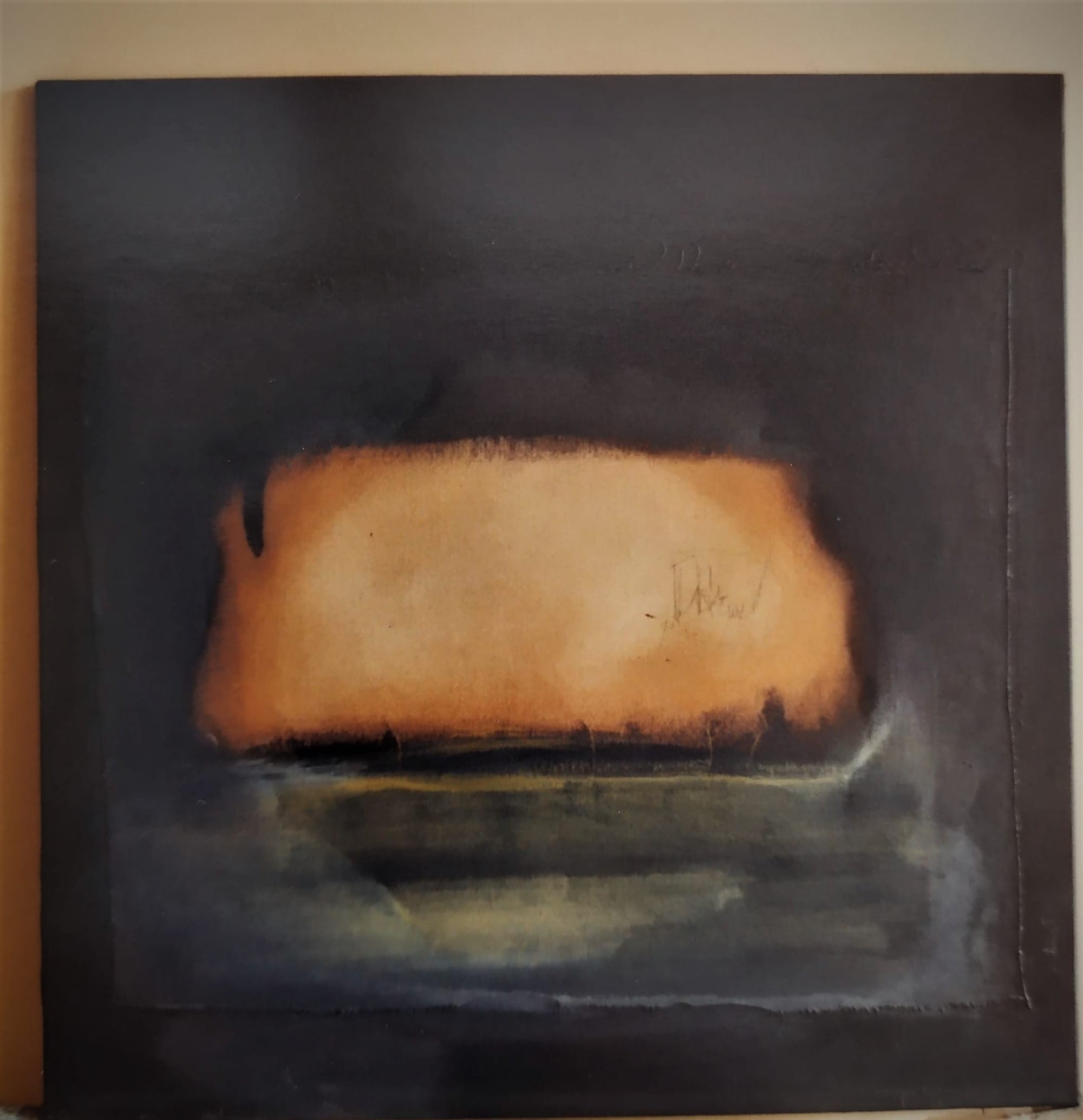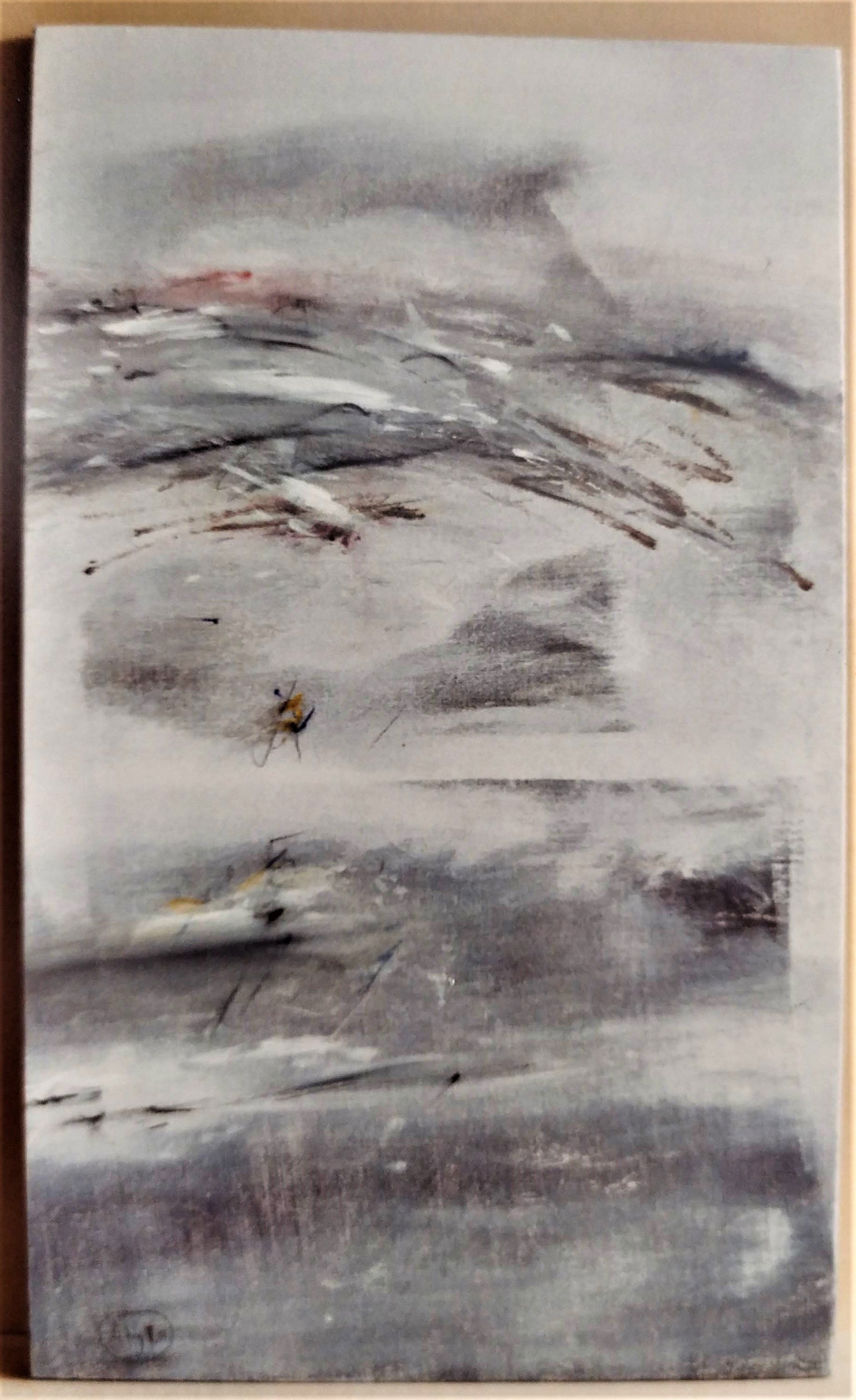Danos Papadopoulos
Paintings
Credentials.
About me
Vita
Danos Papadopoulos
1953 born in Thessaloniki / Greece
1981-86 studies of product design and fine art, University of Wuppertal / Germany
1986 - 1992 lives and works as a freelance artist and designer in Wuppertal
1992-2002 lives and works as a freelance designer. Founding of the office for design "Wings of Design"
2002 - 2020 lives and works in Syros / Greece as a university lecturer with a focus on design theory, product design and branding.
2020 retirement and leaving the University of Syros
2016 new beginning in the fine arts, in Syros
Awards
4 x
Red dot award (Design Innovations)
for product design.
Design Center North Rhine Westphalia
4 x
if product design award
Industrial Forum Design Hanover
1X
Product design award of the state NRW (Germany).
2 x
Telekom Germany competition
1st place in 1994.
3rd place in 1987.
Individual exhibitions
1992 "Ikaros, Pandora and the others", Stadtsparkasse Wuppertal
1989 Gallery Schloss Ringenberg (Germany)
Group exhibitions
1987 Realization of the “Artreport” exhibition for the city of Wuppertal. Idea, conception and implementation.
1987 Panhellenic Art Exhibition, Athens
1985 „Arbitrary”, Von der Heydt Museum, Wuppertal
1985 “Body and Senses”, W
1984 “Destruction of Culture”, W
1982 “Realists in Wuppertal”
Danos Papadopoulos
1953 born in Thessaloniki / Greece
1981-86 studies of product design and fine art, University of Wuppertal / Germany
1986 - 1992 lives and works as a freelance artist and designer in Wuppertal
1992-2002 lives and works as a freelance designer. Founding of the office for design "Wings of Design"
2002 - 2020 lives and works in Syros / Greece as a university lecturer with a focus on design theory, product design and branding.
2020 retirement and leaving the University of Syros
2016 new beginning in the fine arts, in Syros
Awards
4 x
Red dot award (Design Innovations)
for product design.
Design Center North Rhine Westphalia
4 x
if product design award
Industrial Forum Design Hanover
1X
Product design award of the state NRW (Germany).
2 x
Telekom Germany competition
1st place in 1994.
3rd place in 1987.
Individual exhibitions
1992 "Ikaros, Pandora and the others", Stadtsparkasse Wuppertal
1989 Gallery Schloss Ringenberg (Germany)
Group exhibitions
1987 Realization of the “Artreport” exhibition for the city of Wuppertal. Idea, conception and implementation.
1987 Panhellenic Art Exhibition, Athens
1985 „Arbitrary”, Von der Heydt Museum, Wuppertal
1985 “Body and Senses”, W
1984 “Destruction of Culture”, W
1982 “Realists in Wuppertal”
Contakt
- Syros, Cyclades, Greece
- 84100-Ermoupolis

